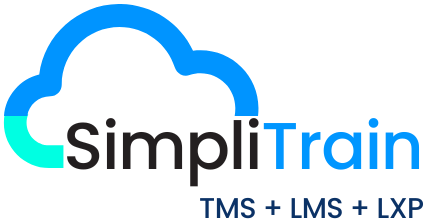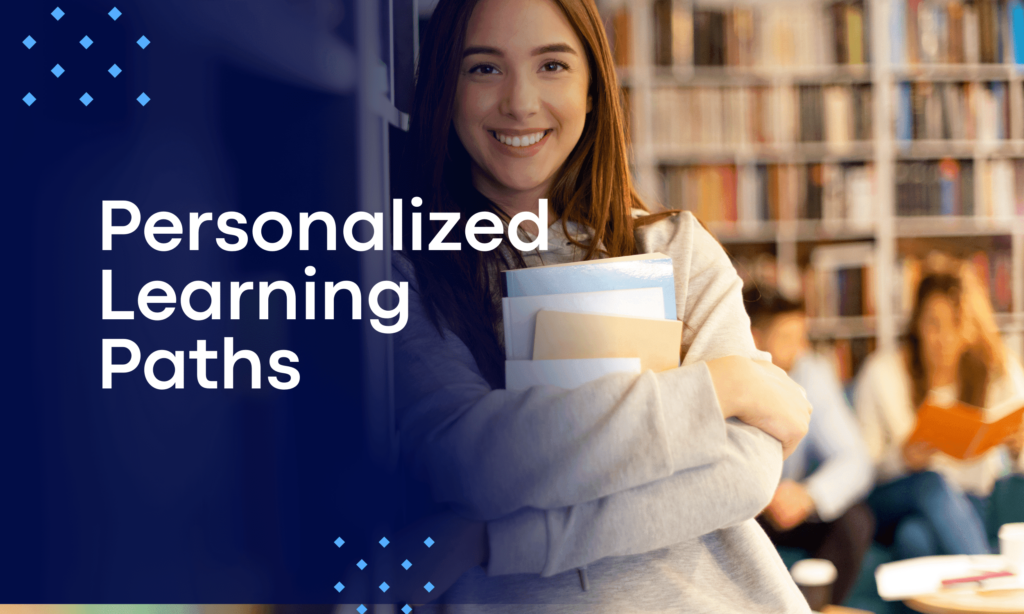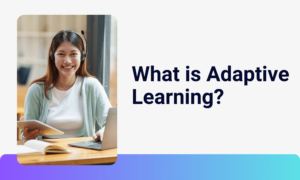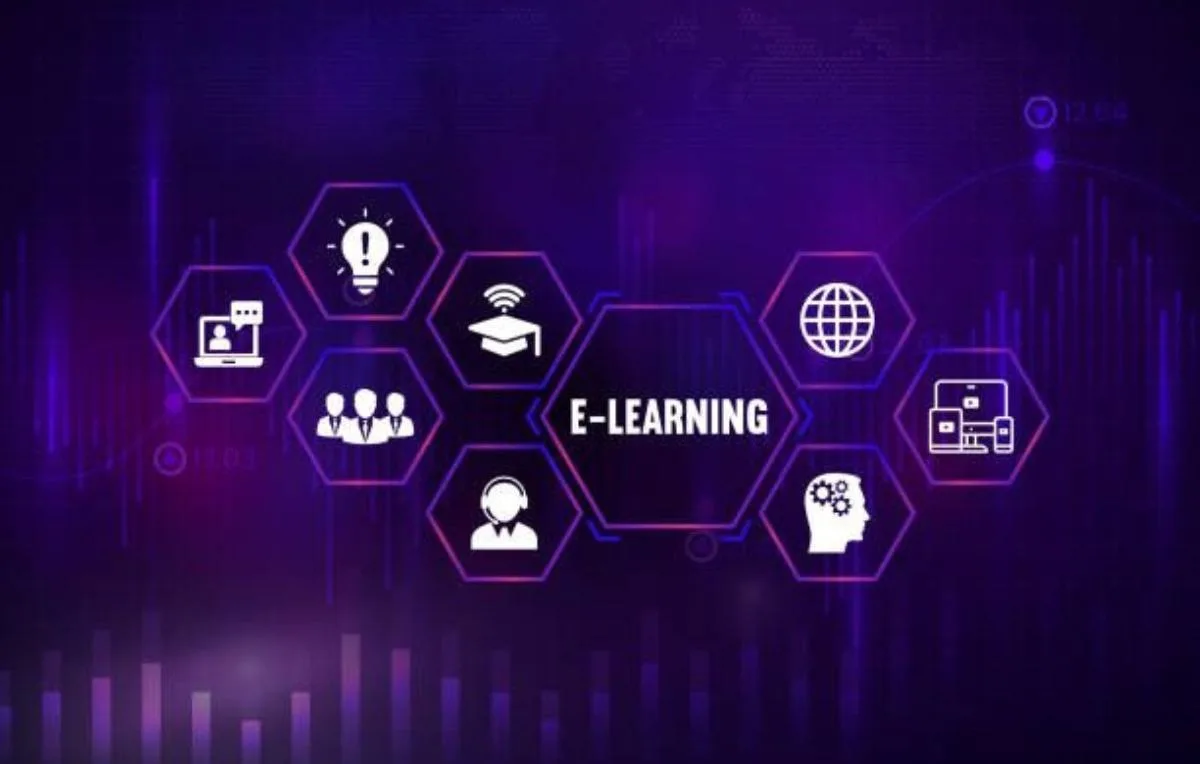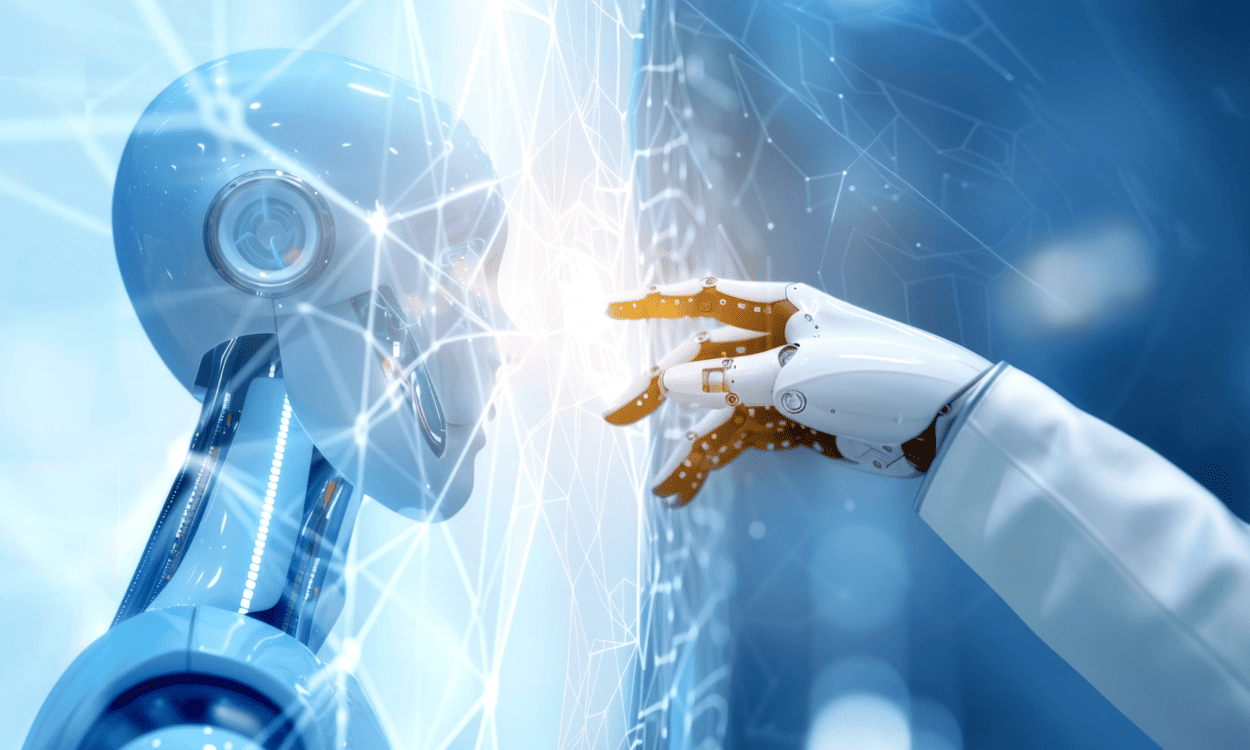In today’s fast-paced digital world, personalized learning paths have become a cornerstone of modern online training programs. Whether you’re an L&D professional, educator, or corporate trainer, the demand for customized learning experiences is growing-and fast. This blog explores what personalized learning paths are, current trends shaping them, and actionable tips to help you implement them effectively using top LMS features and tools.
What is a Personalized Learning Path?
A personalized learning path is a customized sequence of learning activities and content tailored to an individual’s skill level, job role, performance gaps, and career goals. Unlike a one-size-fits-all model, personalized paths adapt in real-time-delivering relevant modules, quizzes, and projects based on learner progress and preferences.
Key Benefits of Personalized Learning Paths:
- Improved engagement through relevant content
- Higher retention rates with adaptive learning strategies
- Faster skill development tailored to learners’ pace
- Better ROI for corporate training programs
Why Personalized Learning Paths Are Trending in 2025
The rise of AI in education and learning analytics has made adaptive learning more powerful than ever. Here are the latest eLearning trends fueling the popularity of personalized learning paths:
- AI-Powered Content Recommendations
Modern learning management systems (LMS) are leveraging AI to analyze learner data and recommend the next best module based on prior performance and interests. - Skill-Based Learning Over Static Curriculums
Organizations are shifting from job titles to skills-first development, making custom learning journeys essential for upskilling and reskilling. - Microlearning Integration
Bite-sized, goal-driven learning fits naturally into personalized paths, allowing learners to complete modules at their own pace. - Real-Time Feedback & Assessments
Continuous learner assessments help in adjusting the learning path on the go, making the experience more interactive and outcome-driven.
How to Create Personalized Learning Paths in Your LMS
Building personalized paths doesn’t require starting from scratch. Here are proven strategies to help you get started:
- Define Clear Learning Objectives
Start by mapping business goals to learner needs. Use competency mapping to define what success looks like for each learner. - Use Pre-Assessments to Determine Skill Levels
Leverage LMS assessment tools to gauge current skills and automatically assign learners to the right starting point. - Segment Learners Based on Roles and Goals
Personalization starts with learner segmentation. Group users by department, function, or goal to assign relevant paths. - Automate Learning Pathways with Triggers
Modern LMS platforms allow you to set rules and triggers (e.g., complete Course A → unlock Course B) to automate progression. - Incorporate a Mix of Formats
Blend videos, quizzes, interactive modules, and real-world projects to maintain engagement and improve learning retention. - Track Progress and Iterate
Use LMS analytics to monitor progress and fine-tune the experience. Learner feedback can also highlight content gaps.
Top LMS Features That Support Personalized Learning
When choosing an LMS to support custom learning paths, look for these must-have features:
- Adaptive learning algorithms
- Custom rules and learning triggers
- Skill gap analysis tools
- Dynamic content delivery
- Progress tracking dashboards
- Integration with HR and CRM systems
Getting Started: Tips for L&D Teams
- Start small: Pilot with one team or department.
- Use real learner data: Build paths using analytics, not assumptions.
- Collaborate with managers: Align learning goals with performance goals.
- Continuously improve: Treat learning paths as living systems that evolve.
How SimpliTrain Empowers Personalized Learning Paths
SimpliTrain, an all-in-one LMS platform, is built to support scalable and intelligent personalized learning paths.
With its powerful adaptive learning engine, SimpliTrain allows training providers and enterprises to create role-based, skill-driven journeys that evolve with each learner’s progress. The platform offers dynamic LMS features like rule-based course sequencing, automated assessments, microlearning modules, and real-time analytics – making it easy to deliver the right content at the right time.
Whether you’re managing onboarding, compliance, or upskilling initiatives, SimpliTrain ensures a seamless and personalized experience that aligns with both organizational goals and individual learning needs.
Final Thoughts
As learners demand more autonomy and relevance, personalized learning paths are no longer optional-they’re essential. By combining data, adaptive learning, and the right LMS features, organizations can transform traditional training into impactful learning journeys.
Start with a clear strategy, embrace technology, and keep the learner at the center. The future of learning is personalized-are you ready?
